Okra is a popular vegetable ingredient in many gumbos and stews. And it’s often referred to as ‘lady fingers’ due to its long, slender seed pods, which resemble dainty, feminine fingers. Unfortunately, this member of the marrow family can be a challenge to grow; if these growing issues are not identified and resolved, your okra may wilt, or even die. If this is a problem you’re having with okra, then you’re in the right place. Read on to find out why your okra is dying and how you can fix it.
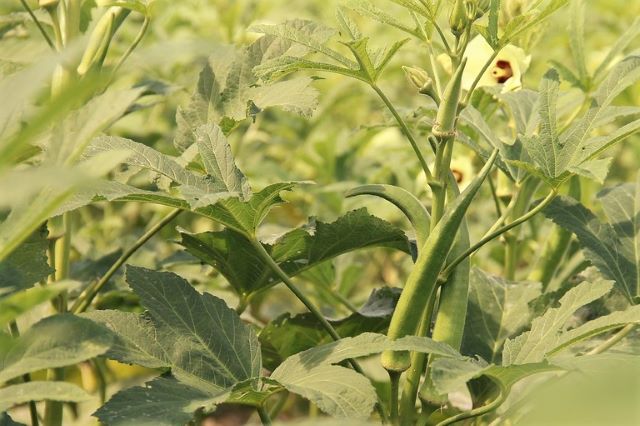
Table of Contents
Why is My Okra Dying?
The most common causes of dying okra plants are poor lighting, cooler climates, incorrect watering, and the wrong soil pH levels. Pests and diseases also cause okra to die.
Together we will further explore the causes behind your dying okra (Abelmoschus esculentus), as well as solutions to the problems.
1. Poor Lighting
Poor lighting conditions, whether it’s too much sunlight or not enough, will negatively affect your okra plants. They say that too much of a good thing is never recommended, as is the case with okra plants. Overexposure to sunlight will cause your okra plant to dehydrate and its leaves will begin to wilt or die and fall off.
On the other hand, poor lighting conditions will prevent your okra plant from being able to photosynthesis which generates energy. This will rapidly slow the growth rate of your plant and eventually cause it to starve to death.
So how much sunlight does your okra plant need on a daily basis? Okra plants are sunlight-loving plants and require at least 6-8 hours of sunlight per day to grow well. A sunny patch in your garden surrounded by walls (which will provide a reprieve from the sun’s rays as the sun moves through the sky) will be the ideal place for your okra plant to grow.
If your hours of sunlight are limited, make sure you get a head start on the growing season by starting your okra seeds indoors 4-6 weeks before the last frost.
2. Cooler Climates
Okra loves warm weather, meaning okra plants are severely affected by frost and cooler climates below 65°F (18°C). The tender leaves of the okra plant will begin to die if they are exposed to below-average temperatures.
Being native to the tropics of the Eastern hemisphere, okra needs to be grown in warm to moderate temperatures. The seeds of an okra plant will only germinate when the temperatures in the soil are above 60°F and ideally at around 75°F (24°C) and above. Outside air temps are ideal at 70-90°F (21-32°C).
So if you’re planning to grow okra at home, you first need to take your climate conditions into consideration.
It is impossible to grow okra in slightly cooler temperatures, but you will need to amend the soil by surrounding your okra plant with garden fabric or by creating protection with a plant cover. This equipment will help increase the soil temperatures in order to bolster your okra plant’s growth while they are still small. Later, as the weather warms up, you can remove any plant coverings.
I find that planting and growing my okra plant indoors for the first 3-4 weeks of spring protects them from the cooler, unexpected dips in the weather. When temperatures begin to rise, I transplant my okra seedlings into my garden.
3. Incorrect Watering
Overwatering or underwatering is one of the most common killers of okra plants. I know how easy it is to mistakenly be too generous when watering, or even forgetting about your okra plants watering needs.
Overwatering your okra plant causes the roots to suffocate and drown, while underwatering dries out the roots which will also lead to the death of your plant.
There is no definitive amount of water that okra plants need. Unfortunately, this amount is different depending on the season, temperature and climate. Okra plants can withstand drier conditions, although moisture is an important factor that is needed when it begins to flower.
Watering your okra plants once a week is considered a good idea. However, in warm, dry conditions, they will need to be watered more frequently.
The condition of your soil will also affect how much water your okra plants need. Soil that is clumpy with poor drainage can lead to your okra plants suffering from overwatering. Whilst plants that are planted in soil with good drainage will need to be watered on a more regular basis.
If you are finding it difficult to determine when your plants need to be watered, I recommend using the age-old trick of sticking your finger just below the top layer of the soil. If the soil sticks to your finger when you remove it, your soil is moist. If there is no soil on your finger, it may be time to rehydrate your soil.
For a more accurate and reliable moisture reading of your soil, use a moisture meter like this one.
4. The Wrong Soil pH
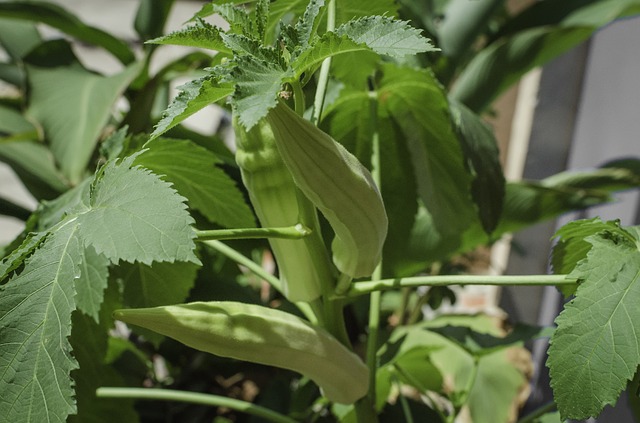
When the pH levels in your soil are too high or low, your okra plant’s growth may be stunted which will prevent it from taking up nutrients and lead to toxicity (necrosis) in the soil. If your okra plants aren’t able to absorb the correct nutrients in the soil they will begin to weaken and become susceptible to pests, diseases or both.
Okra plants can tolerate a wide pH range provided they are in their preferred hot climate. However, the optimum pH level for okra plants is between 6.5-7. In order to enjoy your okra plant’s harvest, it’s good to keep the pH of your soil between these levels.
Low pH levels in your soil are an indication that your soil is very acidic. These low levels are caused by high amounts of sulfur in the soil. When the pH levels in your soil are too low, it causes the microorganisms in the soil to die and creates an unhealthy soil environment for your plants.
High pH levels in the soil prevent your okra plants from converting iron into an absorbable form. This eventually leads to an iron deficiency in your okra plants and causes their leaves to turn yellow.
Earthworms, who have the important role of converting nitrogen in the soil into accessible nutrients for your plants, don’t like soil that is very alkaline soils. High pH levels in your soil are caused by an excess of nutrients which is especially increased when using composted manure.
Fixing the pH levels in your soil can be done in a few simple steps: Firstly, you will first need to acquire a soil testing monitor and measure the pH levels in your soil. If the pH levels are too high (above 7) you can add carbonate sulfur or sulphuric acid to your soil.
Should the soil test indicate the pH levels in your soil are too low, you can add limestone to your soil or a de-acidifier like this one. de-acidifier.
5. Pests
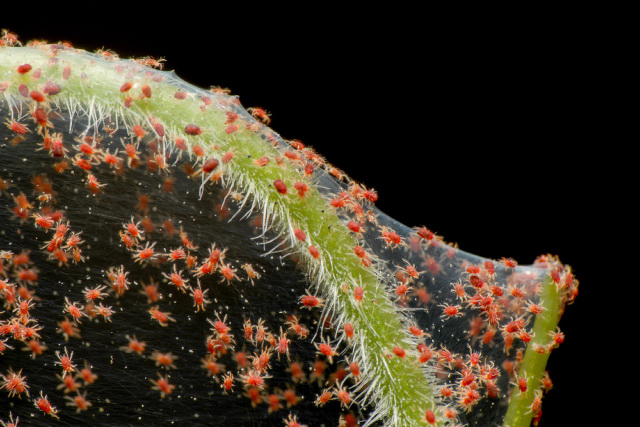
Some common pests that cause okra plants to die to include aphids, spider mites, flea beetles, leafhoppers, whiteflies, stink bugs, corn earworms and cutworms. These common garden pests feed on the okra plant’s leaves, pods, and stems and can weaken or even kill an okra plant if left unchecked.
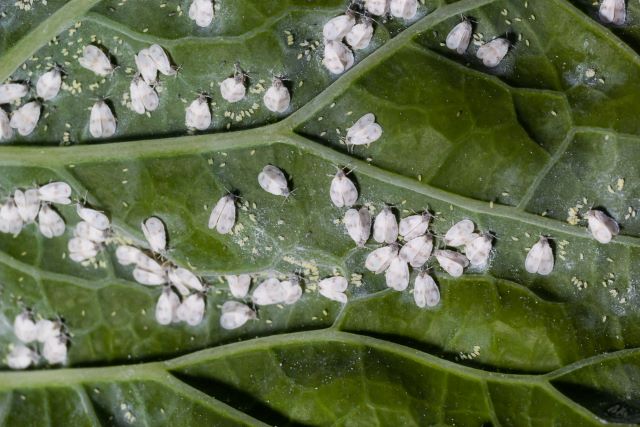
One of the best ways to help control pests in your garden is to plant a diverse range of plants. This helps confuse pests so they don’t focus on one plant. It also attracts beneficial insects into your garden that fed on pests. Ladybugs and lacewings for example love aphids.
I would suggest you check your okra plants’ regularly and if you notice a pest infestation taking hold, act to get rid of them with a combination of organic gardening methods.
My go-to method for organic pest control is horticultural neem oil. It’s effective on aphids, spider mites, flea beetles, leafhoppers, and whiteflies. Insecticidal soap can be sprayed on stink bugs (or pick them off with tongs into a soapy bucket of water – being careful of eyes and skin). Diatomaceous earth is a good option for cutworms. And the use of sticky traps will help catch flying pests.
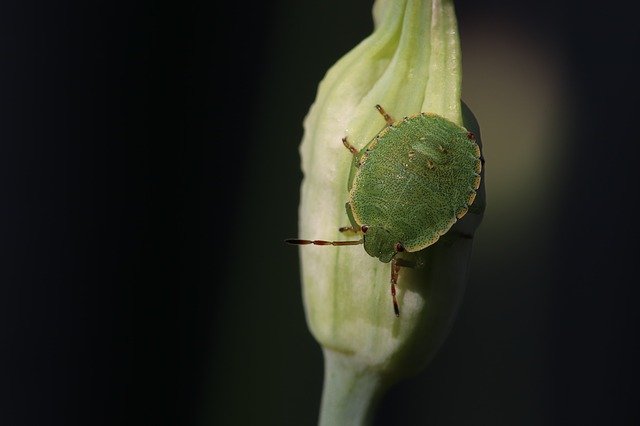
6. Diseases
The most common cause of okra plant disease is caused when their ideal growing conditions are not being met. As a warm-season plant, okra can develop diseases due to cold weather and wet conditions. These conditions promote fungal diseases such as root rot and stem rot which affect okra leaves, stems, and also the roots.
Also look out for Rust, Anthracnose, and Powdery Mildew ( which you can treat with your own DIY milk spray here).
Severe cases of disease can lead to okra plant wilt and possible plant death. Although it’s not always possible to save okra plants from these types of diseases, you can try using an organic copper fungicide. Though in many cases it’s advisable to pull up the plant and start again to prevent the diseases from spreading to other plants in the garden.
It’s also a good idea to practice pruning off any dead okra leaves around the lower base of the plant to help promote airflow.
Further Reading:
